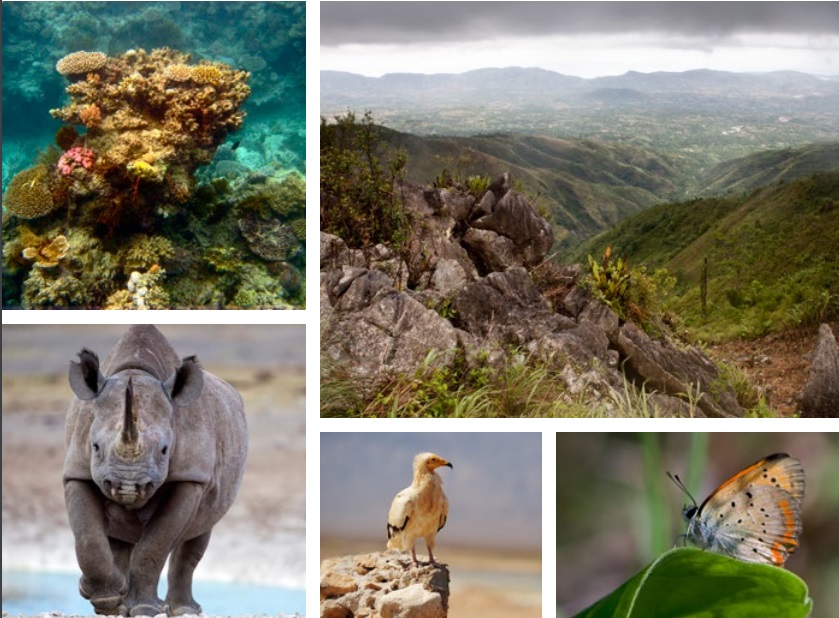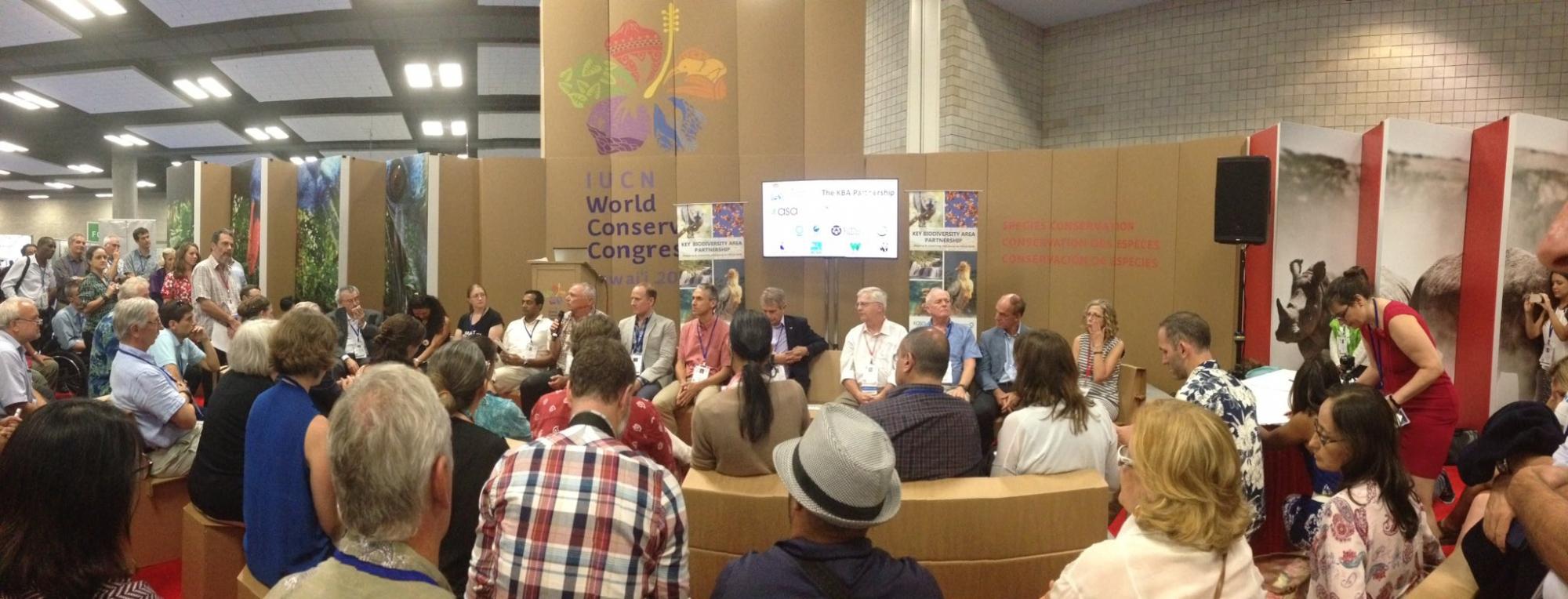 NatureServe and 10 of the world’s leading conservation organizations have formed an ambitious new partnership to identify, map, monitor and conserve Key Biodiversity Areas (KBA) – places that include vital habitats for threatened species – with more than US$15 million committed over the next five years.
NatureServe and 10 of the world’s leading conservation organizations have formed an ambitious new partnership to identify, map, monitor and conserve Key Biodiversity Areas (KBA) – places that include vital habitats for threatened species – with more than US$15 million committed over the next five years.
The announcement was made at the IUCN World Conservation Congress in Hawaiʻi, USA.
The KBA Partnership will mobilize resources and expertise to further identify and map Key Biodiversity Areas worldwide. Monitoring of these sites will enable detection of potential threats and identification of appropriate conservation actions. The Partnership will also advise national governments in expanding their protected areas network, and will work with private companies to ensure they minimize and mitigate their impact on nature.
“The NatureServe Network is thrilled to contribute our biodiversity data and expertise to the KBA partnership," says Leslie Honey, Vice President for Conservation Services for NatureServe, "The partnership’s collective ability to work with stakeholders to identify, map, and monitor these sites provides an important bridge between knowledge and action, helping decision-makers and stakeholders conserve the most important places for life on earth.”
The International Union for Conservation of Nature (IUCN) has engaged with hundreds of experts and decision-makers to develop a Global Standard for the Identification of Key Biodiversity Areas. The Standard will also be launched during the World Conservation Congress, on Monday 5 September.
“Our planet is at the crossroads and we need to take urgent action if we want to secure its ability to support us,” says Inger Andersen, Director General of IUCN. “Information about where and why a site is considered key for the survival of threatened species underpins all sustainable development and will be critical for achieving Sustainable Development Goals.”
To date, more than 18,000 global and regional Key Biodiversity Areas have been identified and mapped. These include Ujung Kulon National Park in Indonesia – where the last known population of the Critically Endangered Javan rhinoceros (Rhinoceros sondaicus) lives – and the Molokai Island marine area in Hawaiʻi – home to the Critically Endangered coral Porites pukoensis, known only to occur in the shallow waters of this site.
The new Partnership will unite these efforts under a single KBA umbrella. It will expand the KBA network to cover other species and ecosystems using the global KBA standard. These data will guide decision-makers on areas that require safeguarding and will help a range of end users to define their conservation priorities, achieve their international commitments, and comply with their environmental policies.
KBA Partners are the Amphibian Survival Alliance, BirdLife International, Conservation International, Critical Ecosystem Partnership Fund, Global Environment Facility, Global Wildlife Conservation, International Union for Conservation of Nature (IUCN), NatureServe, RSPB, Wildlife Conservation Society and the World Wildlife Fund.
For more information, and to view an interactive map of more than 18,000 Key Biodiversity Areas, visit www.keybiodiversityareas.org.
